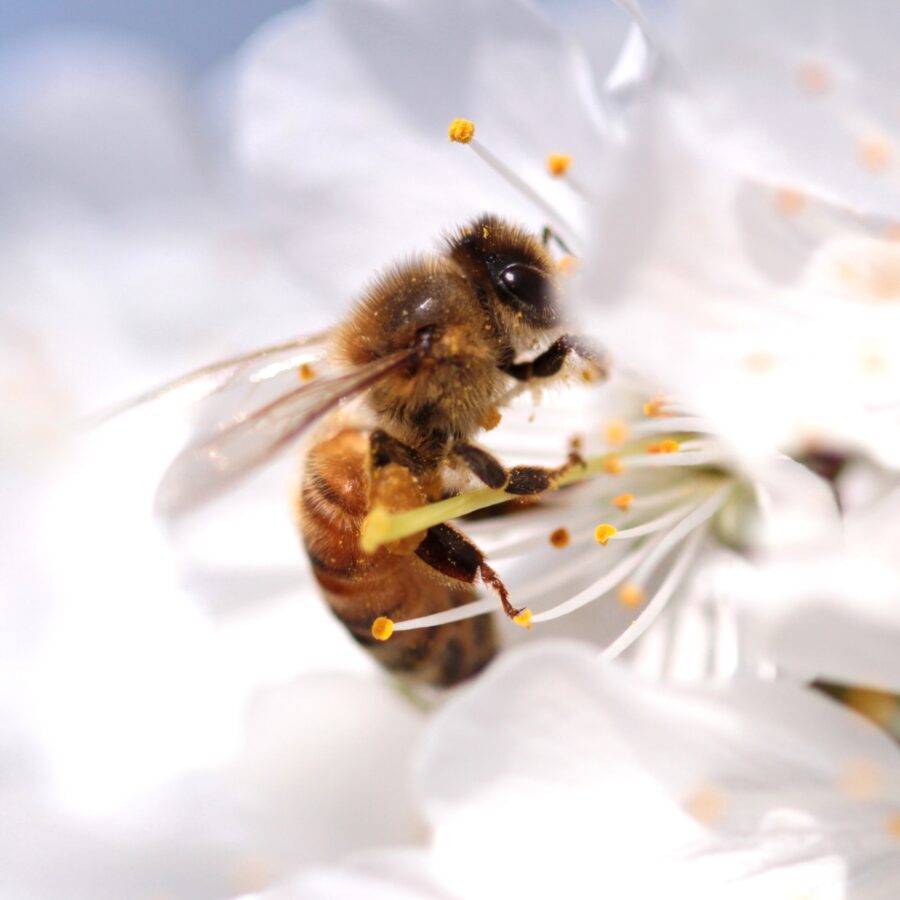
The weather outside is beautiful and if you’re anything like us, you are spending as much time in the garden as possible! But we're not the only ones enjoying the sunshine and fresh blossoms – we’re also sharing it all with our pollinator friends.
Like many kids, we loved playing outside in the summertime, and like many children, found bees to be a little bit scary. Here at the National Honey Board, we exist to educate children and adults alike to not fear the honey bee, as she is essential to our existence.
If you saw our recent Earth Day blog post, you got to learn about the importance of honey bees and their pollination work – Fun Fact: almost one-third of the U.S. diet is derived from insect-pollinated plants and honey bees are responsible for 80% of that process! Without our little buzzing friends we would not have many of our favorite snacks like almonds, blueberries and summertime watermelon.
This time of year it is common for children to come across a variety of insect habitats while playing outside, but not all interactions will lead to stings. Many bees are not aggressive but do differ from their wasp relatives, so in honor of World Bee Day on May 20th, we want to take a deeper look at some of the friends buzzing in our yards and provide some quick insect identification tips.






